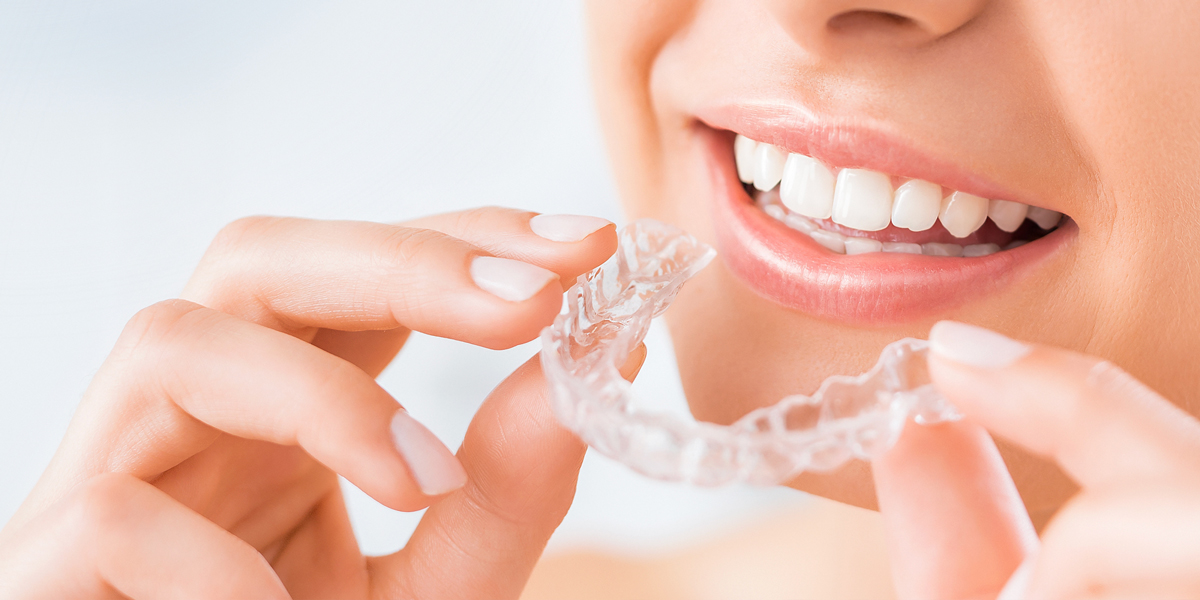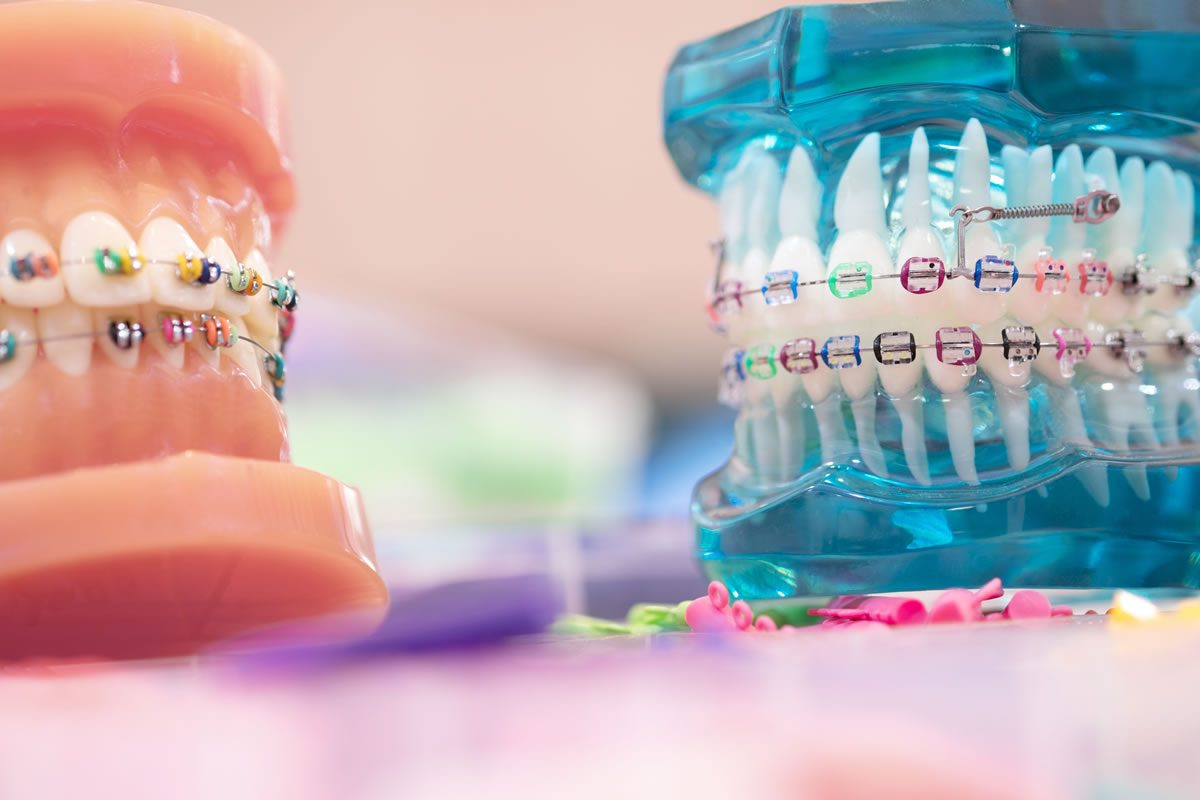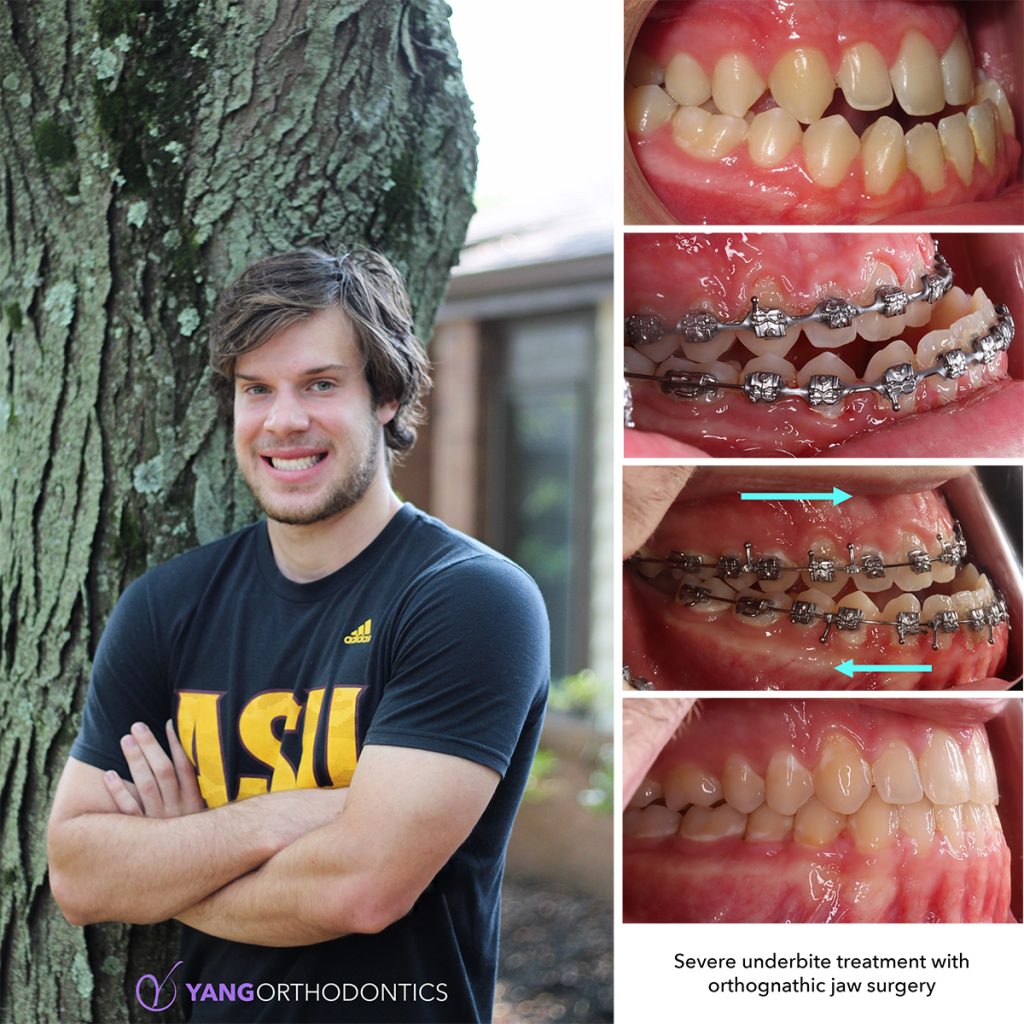Everything You Required to Learn About Braces, Aligners, and Retainers
Orthodontic treatments such as retainers, aligners, and dental braces play a vital function in attaining a straighter and healthier smile. Each of these orthodontic devices serves a specific purpose in dealing with oral misalignments and attack problems. From typical braces to contemporary aligners, there are numerous options offered to satisfy specific requirements and choices. Comprehending the differences, benefits, and upkeep requirements of these orthodontic tools is vital for anyone taking into consideration enhancing their oral placement. The journey to a perfectly aligned smile includes greater than simply aesthetics; it influences total dental wellness and wellness.
Kinds of Orthodontic Therapies
Orthodontic therapies encompass numerous methods focused on remedying and aligning teeth for boosted oral health and looks. One of the most usual kind of orthodontic therapy is traditional braces, consisting of metal brackets bound to the teeth and attached by cables. These braces slowly move teeth right into the preferred position via routine modifications by an orthodontist.
Another prominent alternative is ceramic dental braces, which are much less visible than metal braces as a result of their clear or tooth-colored brackets. Lingual dental braces are affixed to the rear of the teeth, making them virtually undetectable from the exterior. For those looking for a more very discreet alternative, clear aligners like Invisalign supply a removable and clear alternative to typical braces.

Advantages And Disadvantages of Braces
When thinking about orthodontic treatment alternatives, it is important to consider the advantages and negative aspects of dental braces. Braces are extremely reliable in fixing a broad array of dental issues such as uneven teeth, overcrowding, misalignment, and attack issues. Among the key advantages of dental braces is their integrity in providing specific and foreseeable results over a specified treatment duration. They are also appropriate for individuals of all ages, making them a flexible option for orthodontic treatment. In addition, braces can help enhance oral health and wellness by improving the placement of teeth, which can decrease the danger of dental caries, gum tissue condition, and various other oral troubles in the lengthy run.
One more visual factor to consider is the visibility of traditional metal braces, which may impact the user's self-confidence during treatment. Despite these downsides, the tried and tested performance of braces in accomplishing optimal oral alignment often surpasses the cons for many clients.
Advantages of Aligners
An increasingly prominent alternative to conventional dental braces, aligners provide countless advantages in orthodontic therapy. Aligners are likewise detachable, allowing patients to easily brush and floss their teeth, leading to better oral health during therapy contrasted to standard braces.
In addition, aligners typically require fewer visits to the orthodontist for adjustments, as contrasted to dental braces, which can be a hassle-free element for people with recommended you read active timetables. The therapy process with aligners is commonly more comfy, as there are no steel braces or cords that might create irritability to the mouth. Additionally, aligners can frequently achieve lead to a much shorter time frame than typical dental braces, depending on the complexity of the orthodontic concerns being resolved.

Value of Retainers
The relevance of retainers in preserving orthodontic therapy end results can not be overemphasized. Retainers play a crucial role in protecting the outcomes accomplished through dental braces or aligners. After the first phase of orthodontic recommended you read therapy, where aligners or dental braces are made use of to straighten teeth and appropriate bite concerns, retainers are necessary for stopping the teeth from shifting back to their initial placement.
Retainers help to stabilize the teeth in their new aligned position, enabling the supporting frameworks in the mouth to adapt to the changes. Without appropriate retainer wear, there is a risk of regression, where the teeth progressively return in the direction of their pre-treatment positioning. This can reverse all the progression made throughout the orthodontic therapy, bring about the demand for additional intervention.
It is advised to put on retainers as directed by your orthodontist to keep the results of your therapy in the lengthy term. Generally, retainers are originally used full time and after that transitioned to nighttime wear once the orthodontist determines it is appropriate. Consistent retainer use is vital to making certain a long lasting, gorgeous smile.
Upkeep Tips for Orthodontic Devices
Appropriate care and maintenance of orthodontic devices are vital for guaranteeing their performance and durability. Braces, aligners, and my response retainers require thorough attention to maintain them in ideal condition throughout the treatment procedure. When wearing dental braces, it is important to maintain good oral hygiene by brushing after every meal and flossing everyday to stop plaque buildup. Avoiding hard, sticky foods can also stop damage to the dental braces. Routine examinations with your orthodontist are needed to make certain that the dental braces are adjusted correctly and are functioning as planned.

Conclusion
Finally, orthodontic therapies such as aligners, retainers, and dental braces play a critical function in dealing with oral concerns and boosting total dental wellness. Each therapy alternative has its very own advantages and disadvantages, and it is essential to comply with appropriate maintenance tips to guarantee the effectiveness of the appliances. Whether it is dental braces for more severe instances or aligners for an extra very discreet choice, speaking with a dental specialist will help figure out the ideal treatment prepare for individual needs.
Orthodontic therapies such as braces, retainers, and aligners play a critical duty in attaining a straighter and healthier smile.One more popular choice is ceramic braces, which are much less recognizable than steel dental braces due to their clear or tooth-colored brackets.In some cases, after dental braces or aligner therapy, retainers are essential to keep the recently aligned setting of the teeth. After the initial stage of orthodontic treatment, where dental braces or aligners are made use of to correct teeth and proper bite issues, retainers are vital for protecting against the teeth from changing back to their initial position.
In verdict, orthodontic treatments such as aligners, retainers, and braces play a crucial function in dealing with oral issues and improving total oral health. - orthodontics